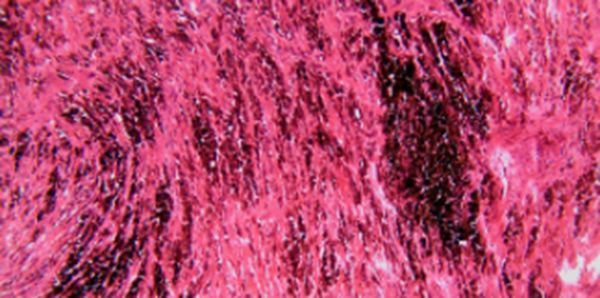5 Tips to Reduce Your Risk for Skin Cancer
Skin cancer is the most common cancer in the U.S., and more than 87,000 new cases of skin cancer will be diagnosed this year, according to the American Cancer Society.
Skin cancer is preventable if you take the right precautions. Here are the steps you can follow to lower your risk.
Never Go Without Sunscreen
Sunscreen isn’t only for when you’re outdoors. When you’re riding in a car or sitting next to a window, UV rays can penetrate these objects and increase your sun exposure, potentially elevating your risk for sun damage, sun spots, wrinkles, premature skin aging and skin cancer.
3To limit your exposure, use a broad spectrum sunscreen that protects against both UVA and UVB rays and apply at least one ounce of it all over, including your ears, the back of your neck and other exposed areas. Typical sunscreens, whether they are SPF 30 or SPF 50, only offer protection from UVB rays, which burn the outer layer of your skin. However, UVA rays are more damaging and can penetrate the skin’s thickest layer, so a broad spectrum sunscreen is best. And don’t forget to reapply it about every two hours if you’ve gone swimming or sweat excessively.
Wear the Right Clothing
If you can’t stay in the shade all day, it’s important to wear the right clothing when you’re outdoors. In warmer weather, wear dark, lightweight clothing that covers your arms and legs and wear a hat to protect your face. UV rays also can damage your eyes, so put on sunglasses to reduce your sun exposure. Also consider buying UV-blocking fabric sprays and protectants that you can add to your clothes when you wash them to increase sun protection in these fabrics.
Skip the Tanning Bed
If you frequently use tanning beds and sun lamps, consider stopping. Many tanning beds emit UVA and UVB rays, while sun lamps emit a lower amount of UVA rays. According to the Melanoma Research Foundation, 90 percent of skin cancers are caused by UV exposure, some of which can come from artificial sources like tanning beds. The organization also says frequent use of tanning beds before age 30 can increase your risk of skin cancer by 75 percent.
Sitting out in the sun to get a tan isn’t any better, either. No tan is worth the risk of skin cancer. Use sunless tanning lotion to get the look you want instead — it’s much safer than exposing your skin to harmful UV rays.
Protect Yourself While Traveling
If you plan to visit a place closer to the equator or at a higher elevation, understand that you’ll likely get more sun exposure if you don’t take steps to protect yourself. Even if you go on a cold weather vacation, sun exposure is still a risk because the sun’s rays reflect off snow and water.
Certain medications, such as antibiotics, diuretics and anti-inflammatory drugs like ibuprofen, also can make your skin more sensitive to light, so if you are traveling anywhere ensure you pack broad spectrum sunscreen and protective clothing to limit your sun exposure.
Darker Skin Tones are Vulnerable to Skin Cancer, Too
People with darker skin tones have more melanin, a pigment that protects the skin. However, this doesn’t mean they are immune from skin cancer.
If you spend a lot of time outdoors without wearing sunscreen or taking the other precautions I’ve outlined, you could increase your skin cancer risk. Studies have shown that African-Americans are more likely to be diagnosed with advanced skin cancer, and part of the reason may be because of the misconception that not everyone needs sunscreen. UVA rays can cause serious harm — regardless of your skin type — so practice proper sun protection to minimize your risk.
Protect Yourself Even After a Diagnosis
People who are diagnosed with skin cancer are more likely to have a recurrent case of the disease, so it’s critical for them to practice good sun safety habits.
If you’ve been diagnosed, make it a habit to always wear sunscreen, sunglasses and protective clothing, avoid the sun during the hottest times of day and try to stay in a shaded area when you’re outdoors.
Taking all these steps will reduce your risk for sun damage, sunburn and skin cancer, but it’s also important to check your skin for new moles and changes that weren’t there before and for sores that take longer than usual to heal. These changes may be signs of skin cancer, so schedule an appointment to visit your doctor as soon as possible if you’re concerned. Skin cancer is treatable if it is detected early, so don’t delay seeing a doctor.
Are you interested in learning more about skin cancer?
Skin cancers are the most common form of cancer. They include several types, such as melanomas and non-melanomas. Our team, which includes dermatologists, oncologists and surgeons, will work together to develop the best treatment plan for you.








